latest

Latest Google Home update delivers live data usage charts to Nest Wifi owners
Plus support for second-gen Nest Hub
The Google Home app is getting an update to version 2.34 today in the wake of the debut of the new Nest Hub — namely, the app has been made to support said new device as well as a couple of other more features if you're in a Google Workspace or own a Google Wifi or Nest Wifi mesh network.
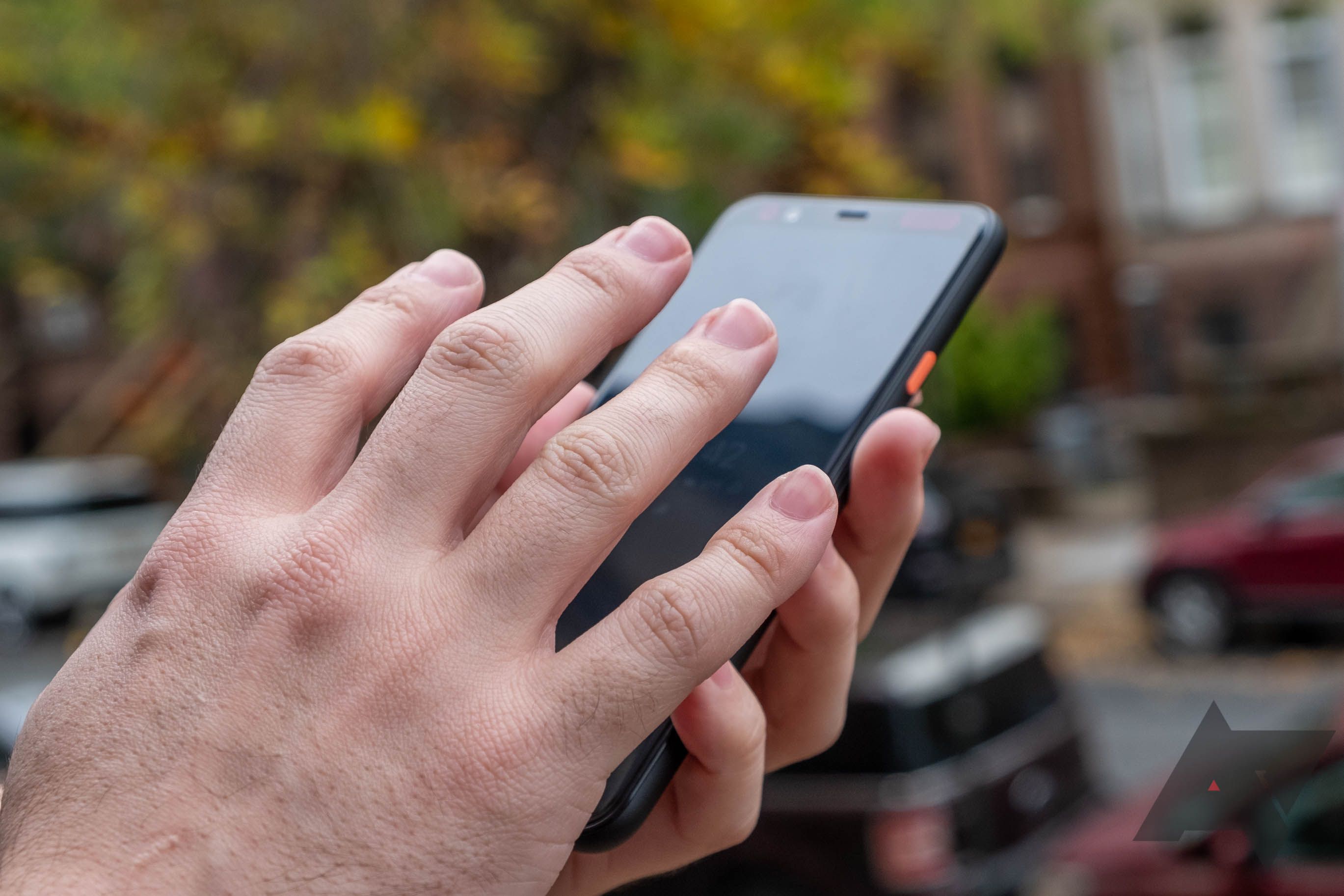
Google says we haven't seen the last of Soli and Motion Sense
But will we ever see the radar tech in another phone?
Google launched the Pixel 5 and the Pixel 4a (5G) yesterday, marking the return of the rear-mounted fingerprint reader on the company's flagship phones — the innovative Soli radar and the spacious face unlock mechanism are nowhere to be seen. But in an interview with The Verge, Google hardware lead Rick Osterloh said that the radar and the gestures it enables aren't gone for good. "They'll be used in the future," he stated.
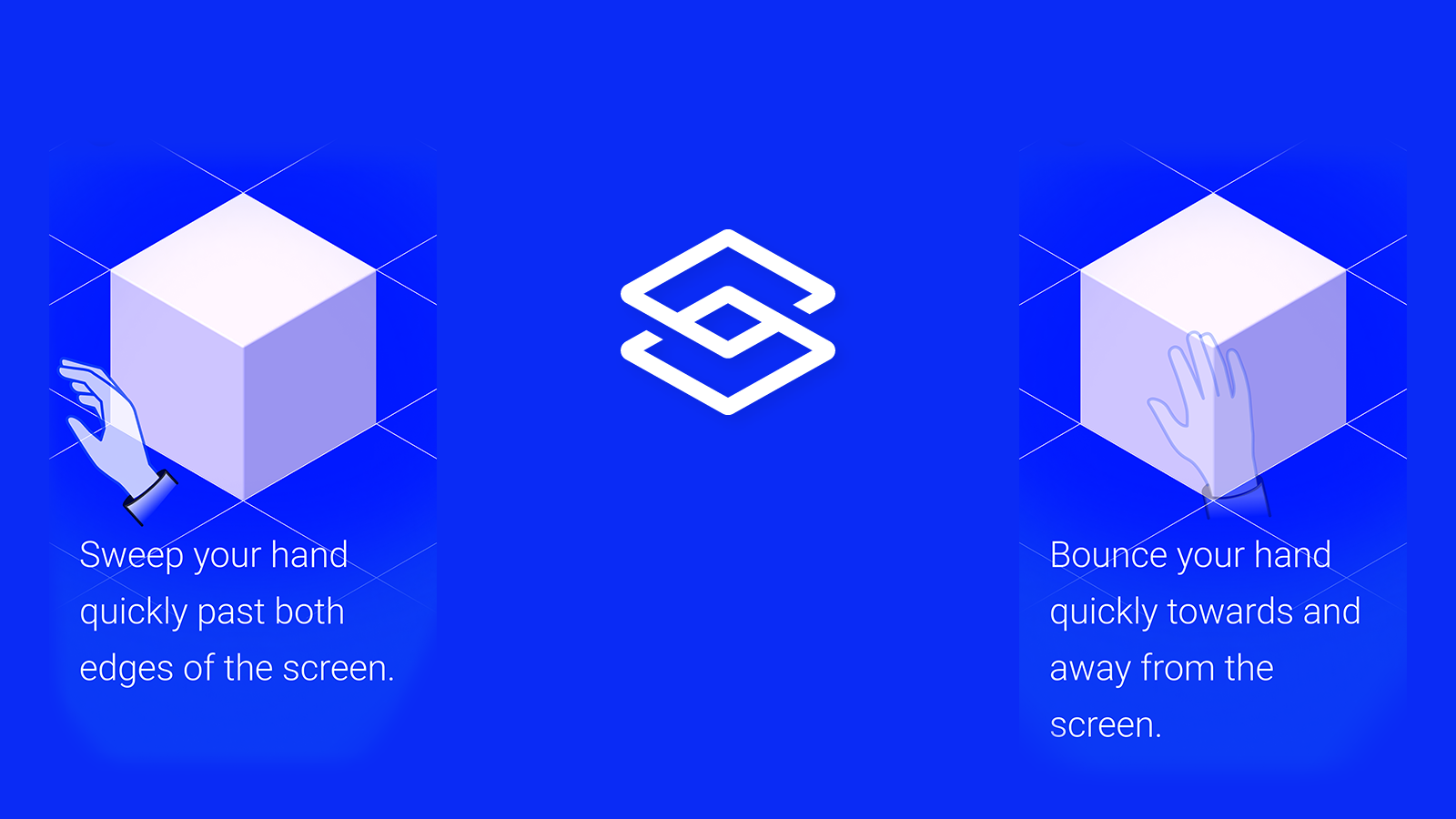
Google releases Soli Sandbox app to kickstart gesture-based experiments (APK Download)
Possible proof that Soli isn't dead yet
Google first demonstrated Project Soli at Google IO 2015. Four years later, the Pixel 4 debuted the radar-based sensor as a feature called Motion Sense with the ability to detect basic gestures in front of the phone. If you happen to have a Pixel 4 and want to try out the gestures for yourself in an interactive space, or you want to go further and build your own simple apps and games, Google just released a sandbox app that brings Soli to life.
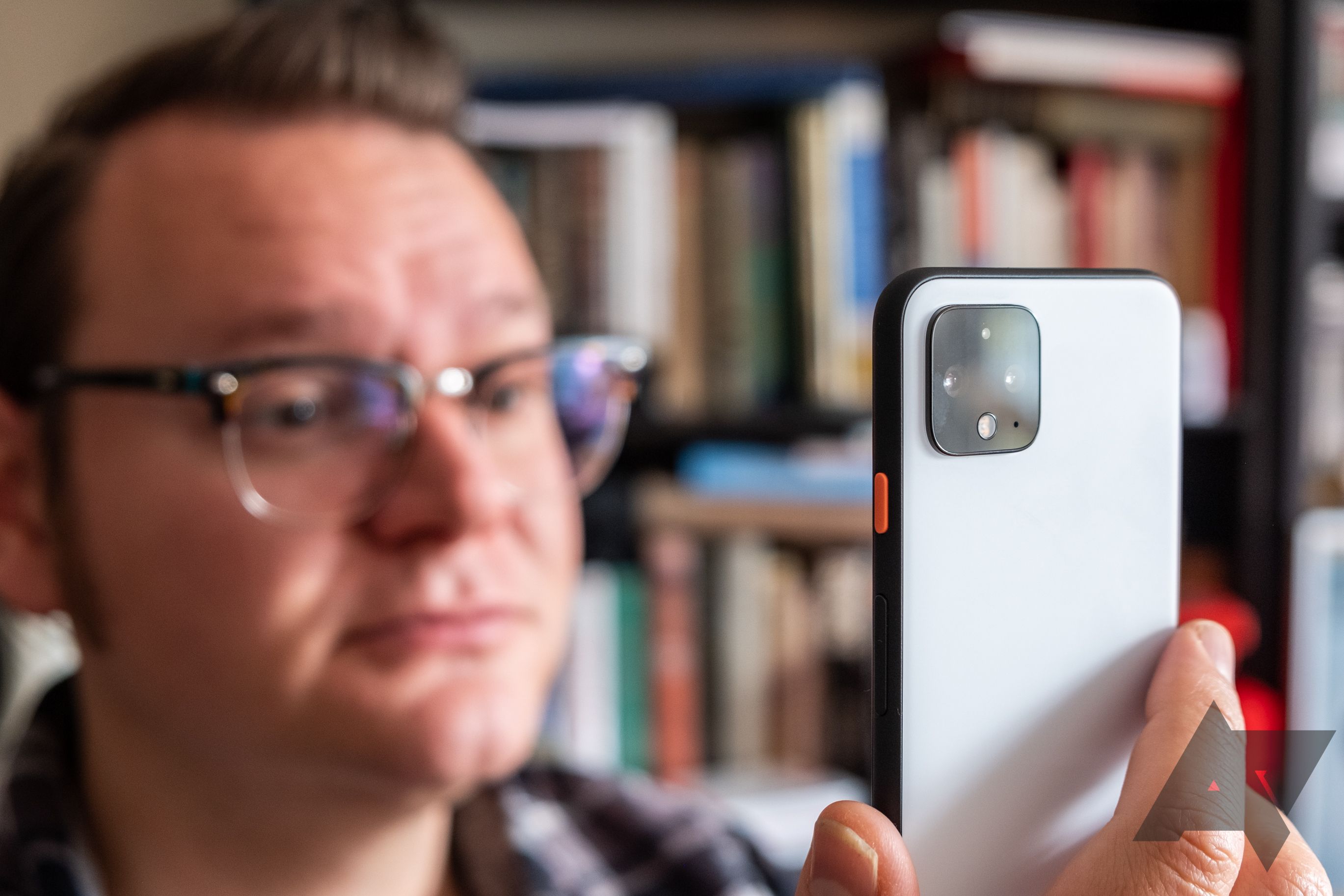
This is what the Pixel 4 'sees' when you use Motion Sense gestures
Not exactly selfie quality, but it's all Google needs
Curious what the Pixel 4's Soli radar system "sees" when you wave your hand over it to skip tracks or reach for your phone as it automatically turns on? Turns out, the image it forms is surprisingly undetailed, with "no distinguishable images of a person’s body or face" generated. It's all about detecting motion with finely-tuned machine learning models, and the abstract picture it paints is pretty blurry.
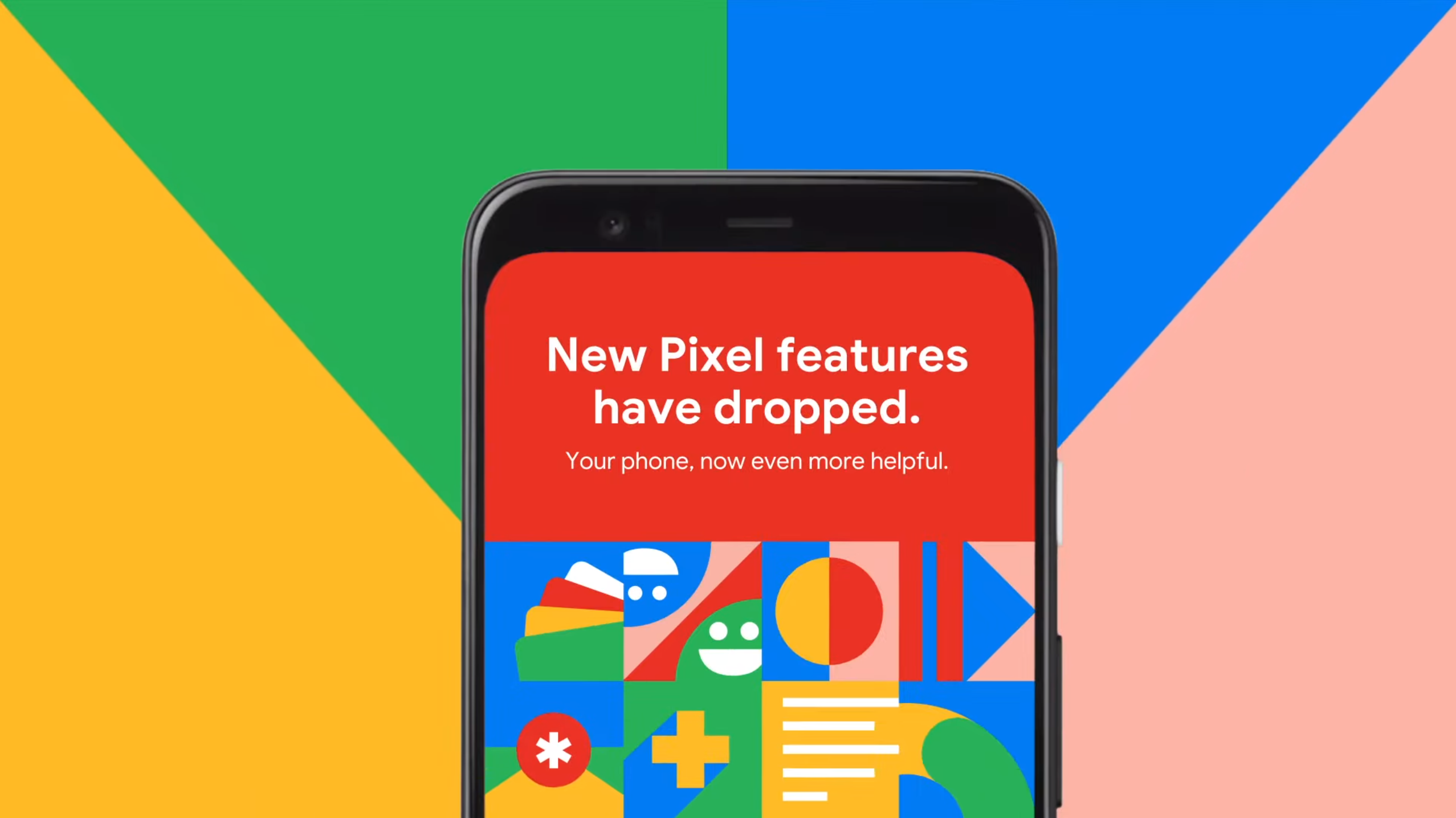
Google's second Pixel Feature Drop rolls out today with piles of new features
New power button wallet, scheduled dark theme, play/pause gesture for Pixel 4, and loads more
As we predicted last week, Google's latest quarterly Feature Drop is rolling out for Pixel phones today. Unlike the regular monthly security releases, this update includes a ton of new features, including a new play/pause gesture for Pixel 4's Motion Sense, a wider rollout of car crash detection, dark theme scheduling, Live Caption for the Pixel 2, a new power button wallet, live Duo AR effects, a pile of new emoji, and a whole lot more.
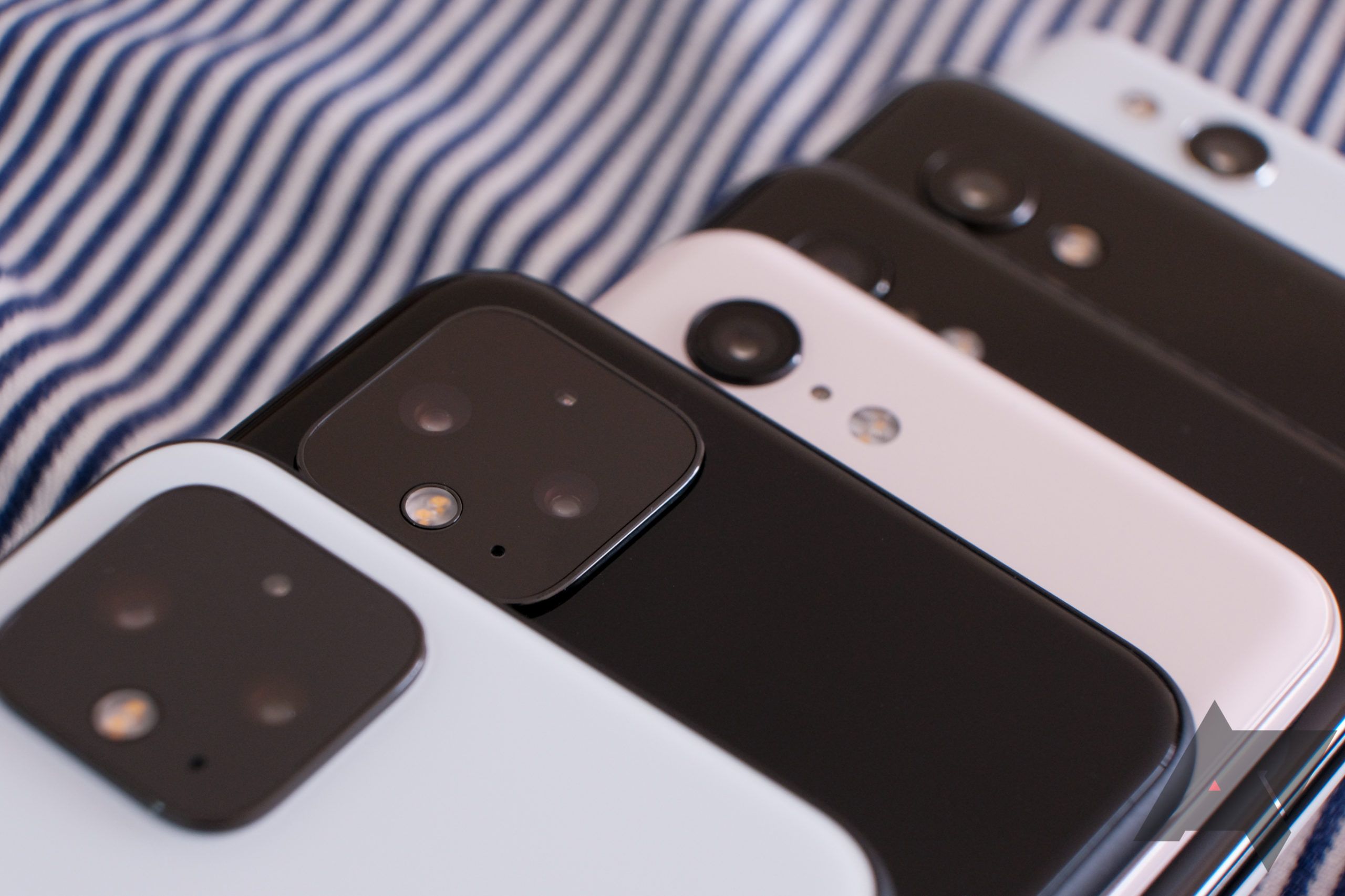
Second Pixel Feature Drop may land as soon as next week
Features spotted in a teardown include dark mode scheduling, new power key wallet, and the new pause Motion Sense gesture
The folks at 9to5Google have spotted some details hidden in an APK teardown that imply we'll be getting our second Pixel Feature Drop in March. Other information found hidden inside the examined app reveals a handful of features we might see land as part of the update, including scheduling for dark mode, a new "Cards & Passes" power key menu, the play/pause Motion Sense gesture, and a rollout of car crash detection to older Pixels. And given Google's usual first Monday of the month release cadence, that means we could be seeing the next Pixel Feature Drop update as soon as next week.
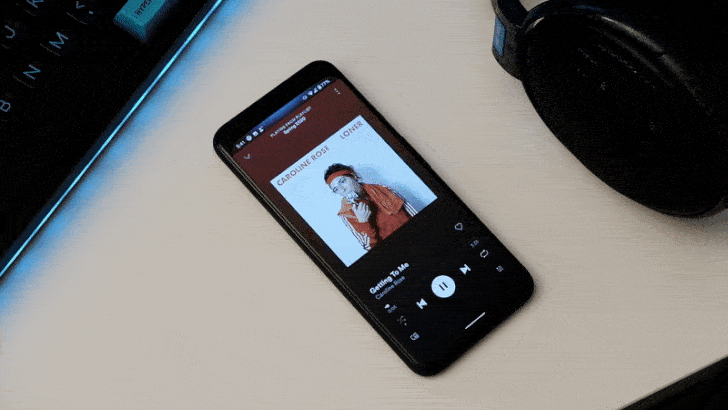
Android 11 makes the Pixel 4's Motion Sense gestures a whole lot better
They're so much more reliable now, it may actually be useful
When the Pixel 4 landed, one of the biggest features included in the phone was a new radar-based "gesture" system called Motion Sense. Unfortunately for Google, it was pretty garbage at launch — personally, I could never get it to work right. But a new "pause" gesture is rolling out now (probably as part of an app update, but definitely included in Android 11), and across the board, we see big improvements in the overall "finickiness" of the gestures. In short, they don't suck now.
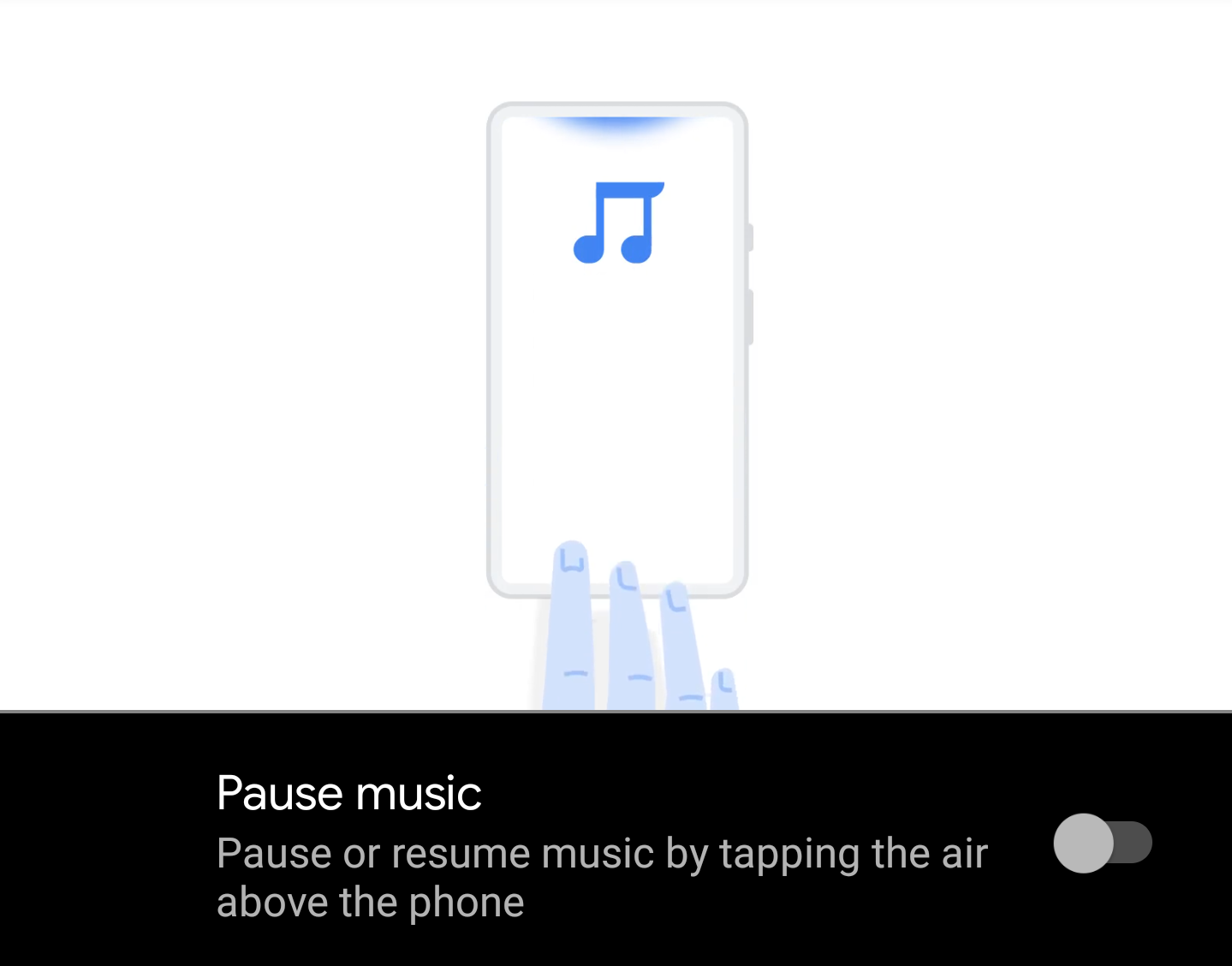
A new pause gesture for the Pixel 4's Motion Sense is rolling out as part of the Android 11 update. This change isn't intrinsically tied to Android 11, but the new Developer Preview does come with an updated version of the Motion Sense app (which controls the Soli radar-based gesture system on the Pixel 4), which allows you to pause and resume media with a "tapping" gesture in the air Motion Sense uses for gestures.
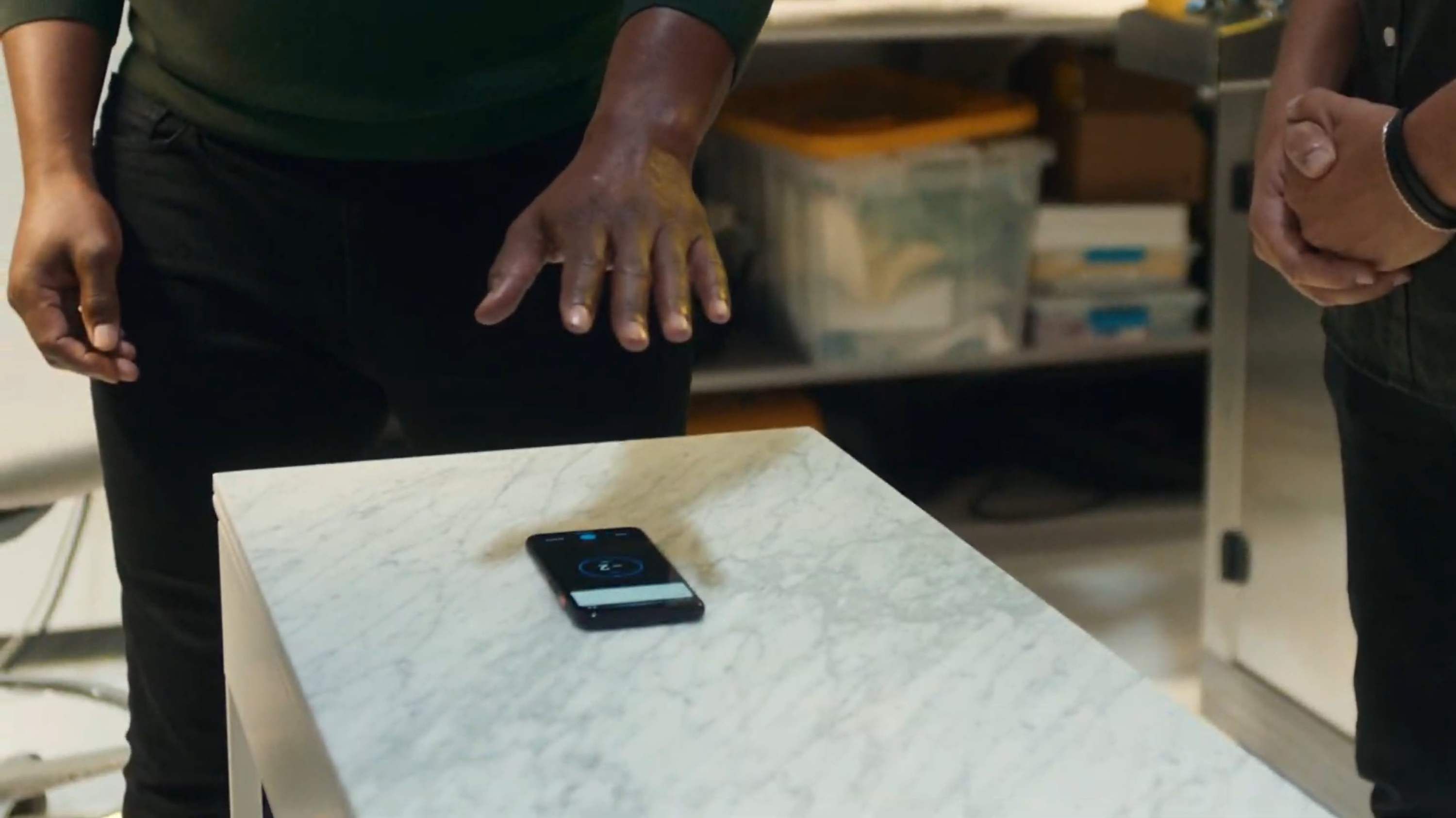
Read update
- We've since learned that Motion Sense will be disabled via cellular triangulation in unsupported regions.
Motion Sense is the most unique feature the Google Pixel 4 has to offer, but there's been some confusion around international availability. Since the technology is based on radar, there are many regulators and rules involved, which made us fear it might not come to users in Japan. In a lucky turn of events, the official Google Reddit account published more information on the feature, detailing that it'll come to Japan "soon," after all.
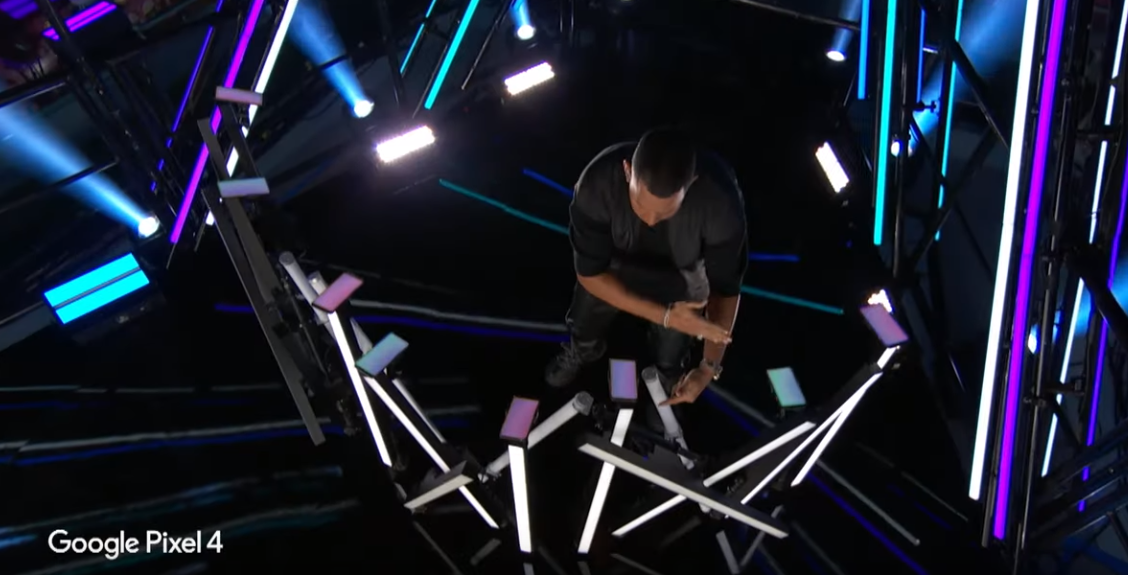
We first saw Google's Project Soli radar at I/O a few years back, and it seemed magical. The version that just launched on the Pixel 4 is somewhat... less magical. It only does a few things, and it doesn't even work in many parts of the world. Google is trying hard to convince us that Motion Sense is useful, though. Its latest attempt comes in the form of a DJ "music experiment," and it's impressively bad.

The Pixel 4 has a number of annoyances, but depending on how you feel about constantly visible battery status icons, you may or may not like this one. When you're watching a fullscreen YouTube video on the Pixel 4, you might see a dim battery indicator in the top right corner. Getting rid of it is quite counterintuitive: you need to deactivate Motion Sense's "skip song" feature. Conversely, if you'd like seeing the battery indicator while watching YouTube videos, you need to turn on the Motion Sense feature (if you haven't already).
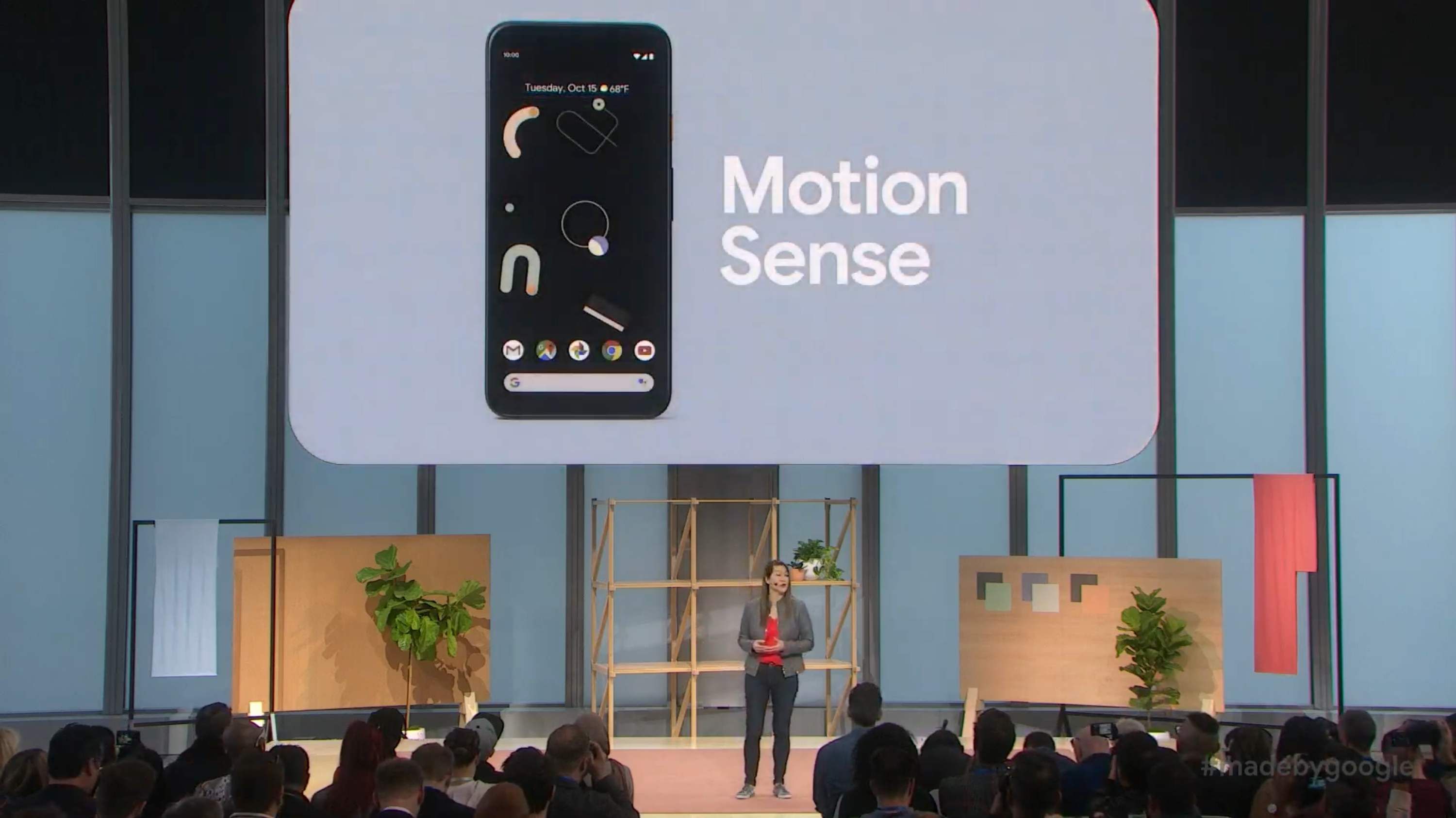
The Pixel 4 is the first phone to ship with Soli-powered Motion Sense gestures, but the Soli radar chip shuts off when the phone is used in restricted countries. The reasoning is quite simple — radar technology can potentially interfere with navigation systems and military equipment, so Soli needs explicit approval from governments. Unfortunately, the number of countries where Motion Sense works out-of-the-box is quite small. We suspected it was only a matter of time before someone figured out a way to bypass the regional restriction, and today's the day.
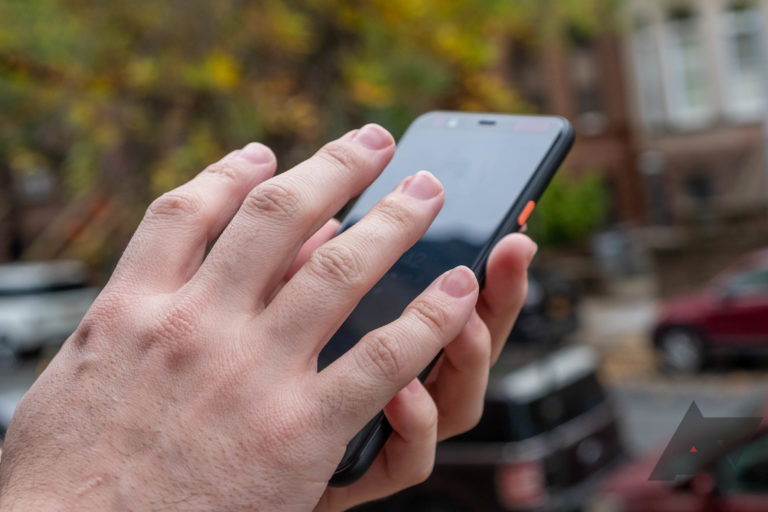
The Pixel 4's Soli radar chip and Motion Sense features have made the news multiple times over the past weeks. From questionable utility to restrictions and resulting quirks, we've learned that this new technology comes with a few asterisks, but we didn't know whether developers would be able to tap into it. Google has now told us that an API isn't currently in the plans.
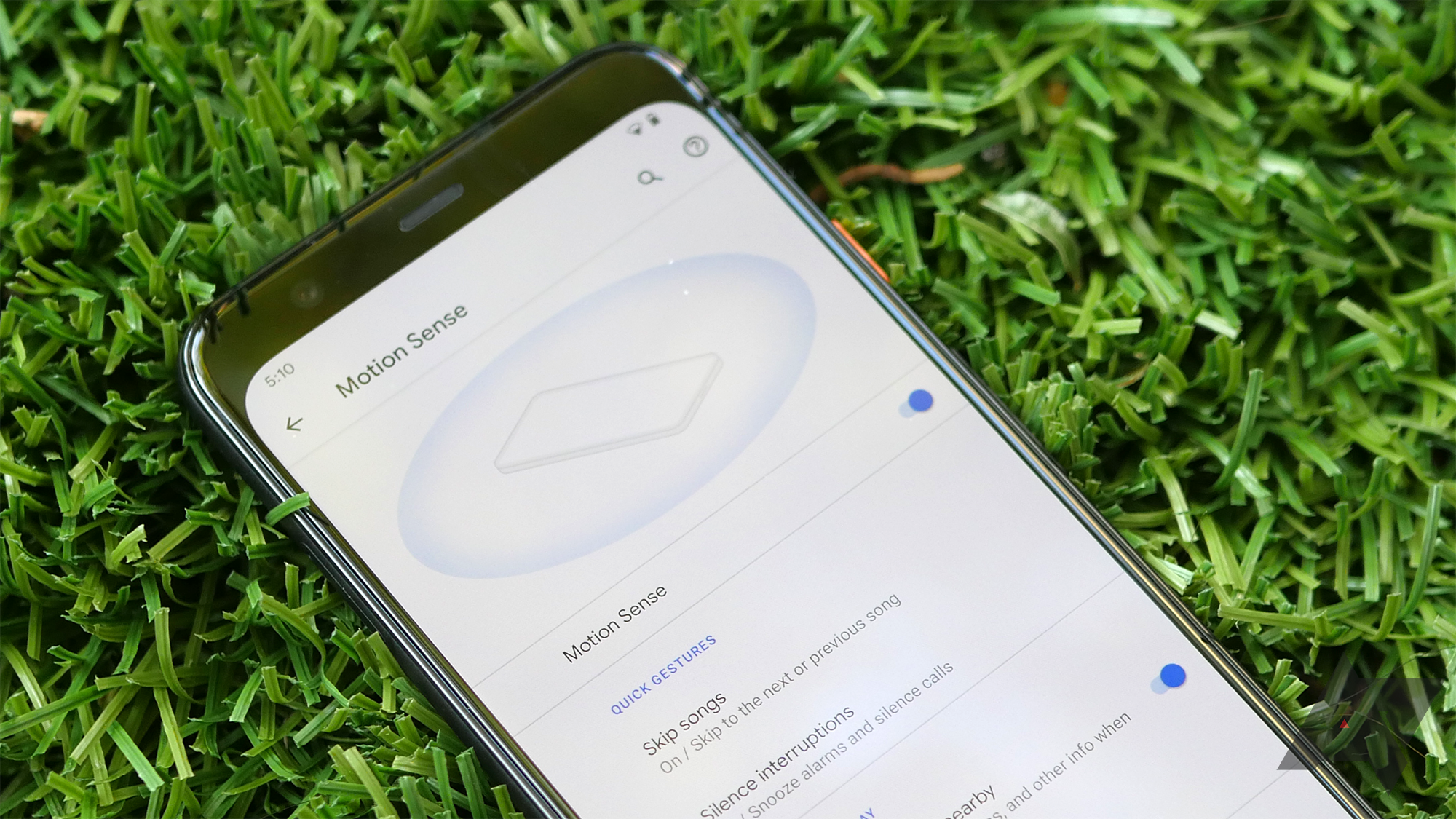
With Pixel 4 units in hundreds of hands, we've seen divisive reports about its new Soli radar technology and Motion Sense. Our own Ryne and Scott say it works more or less for them, but they fail to see its utility just yet, while Marques Brownlee showed how unreliable it is for him (YouTube). Here's an unexpected opinion though: Artem loves it and it works very well for him.

Read update
The award-winning Ustwo Studios is well known for the hit Escher-inspired game Monument Valley, and now Google has enlisted the developer to help show off the Pixel 4's new Motion Sense quick gestures. In Headed South, you play as a bird trying to flock with others while flying through brightly-colored worlds. There's only one problem I've found so far: it doesn't work.

This year's new Pixels continue to raise the bar of what we can expect from Google phones, refining core elements of the Pixel experience like the incredible cameras. But more than that, Google's also introducing some all-new hardware, and easily one of the most anticipated arrivals has involved integrating Project Soli radar tech to give us the new Motion Sense gesture controls. What can you expect from them? Let's take a look.
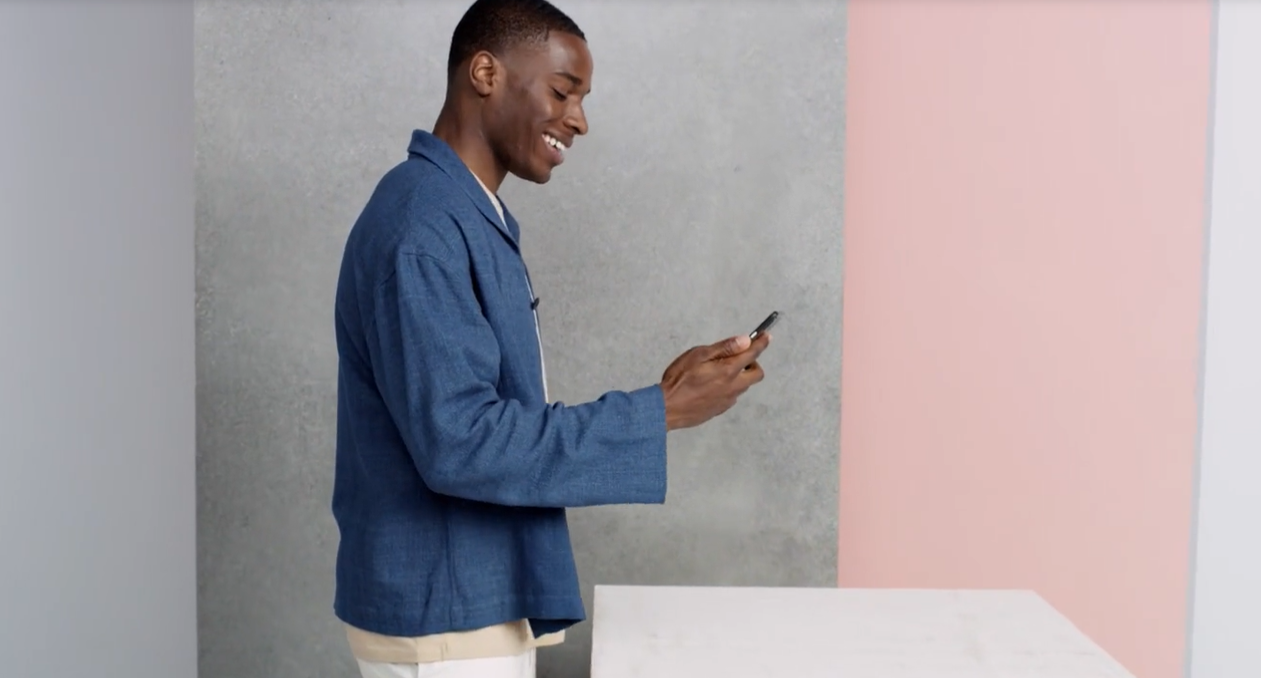
Using your face to unlock your smartphone has been around a long time on Android, and it's used by many for its convenience over typing in a PIN or a password. With the right amount of lighting, it can even be almost as fast as fingerprint unlocking. Android's face unlock has suffered from some embarrassing mishaps, though, such as being fooled by a fake head or even just a regular 2D photo of your face. With the Pixel 4, Google is upping its game when it comes to face unlock security and speed. In addition to being secure enough now to process payments and log into apps, the Pixel 4 can recognize your face from any orientation, even upside down, and it does so very quickly.
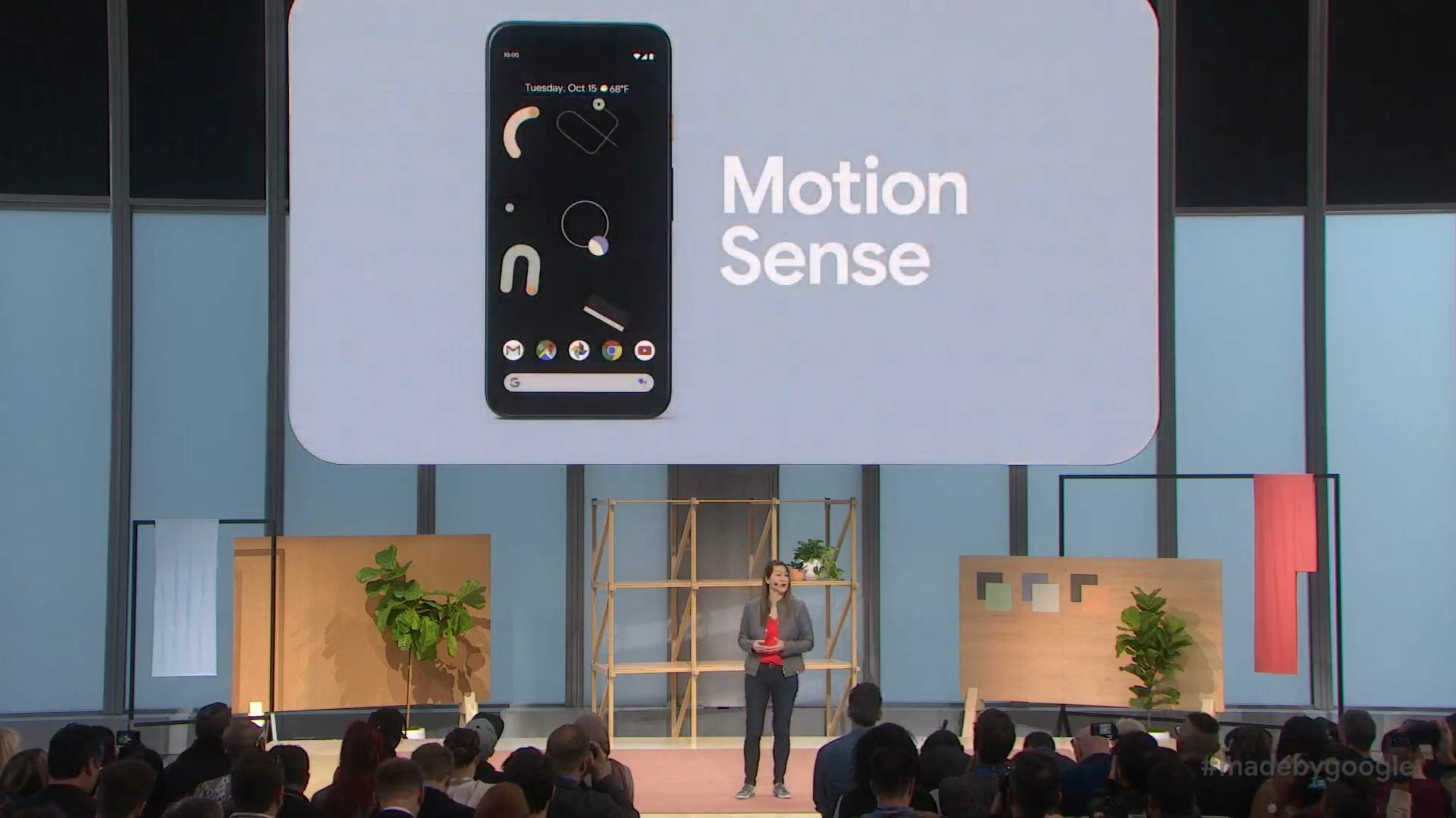
Google says the Pixel 4's Motion Sense features will only be available in a handful of countries due to regulations surrounding the underlying Soli radar technology. Since it could potentially interfere with navigation systems and military equipment, the company is careful to make sure it won't work anywhere where it's not approved. Thus, Soli will disable itself when you enter unsupported regions.
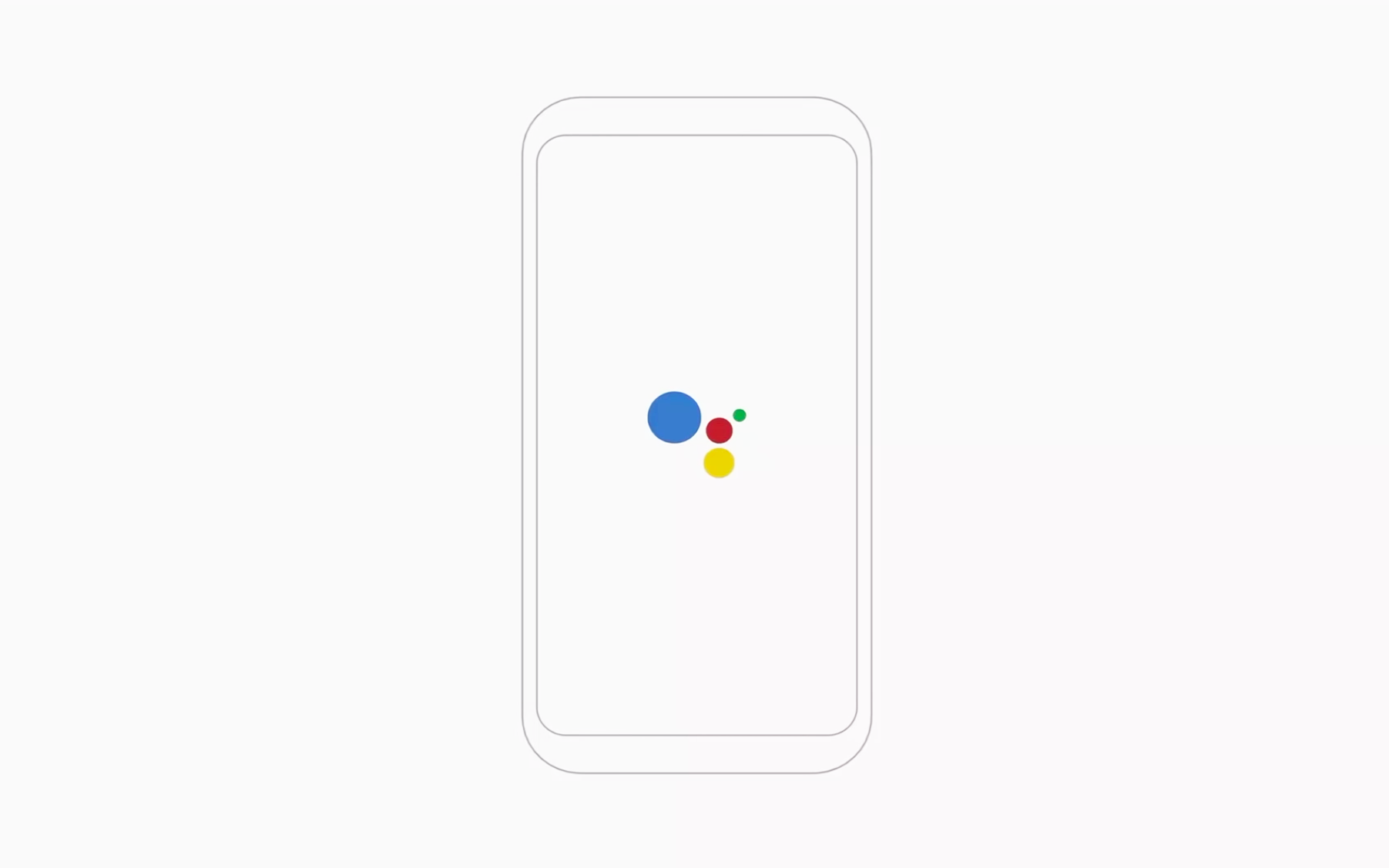
At this point in the Pixel 4 timeline, we're just about one leaked schematic shy of 3D printing a handset of our own. We've already seen the official press images. We've gotten a 360º view of every curve, camera, and bezel. We snagged all the APKs we could possibly want. We even know the complete specs down to the Snapdragon 855 SOC, 6GB of RAM, and storage options. Now we're getting our best look yet at a handful of anticipated features, including Motion Sense, Face Unlock, and the next generation Google Assistant.
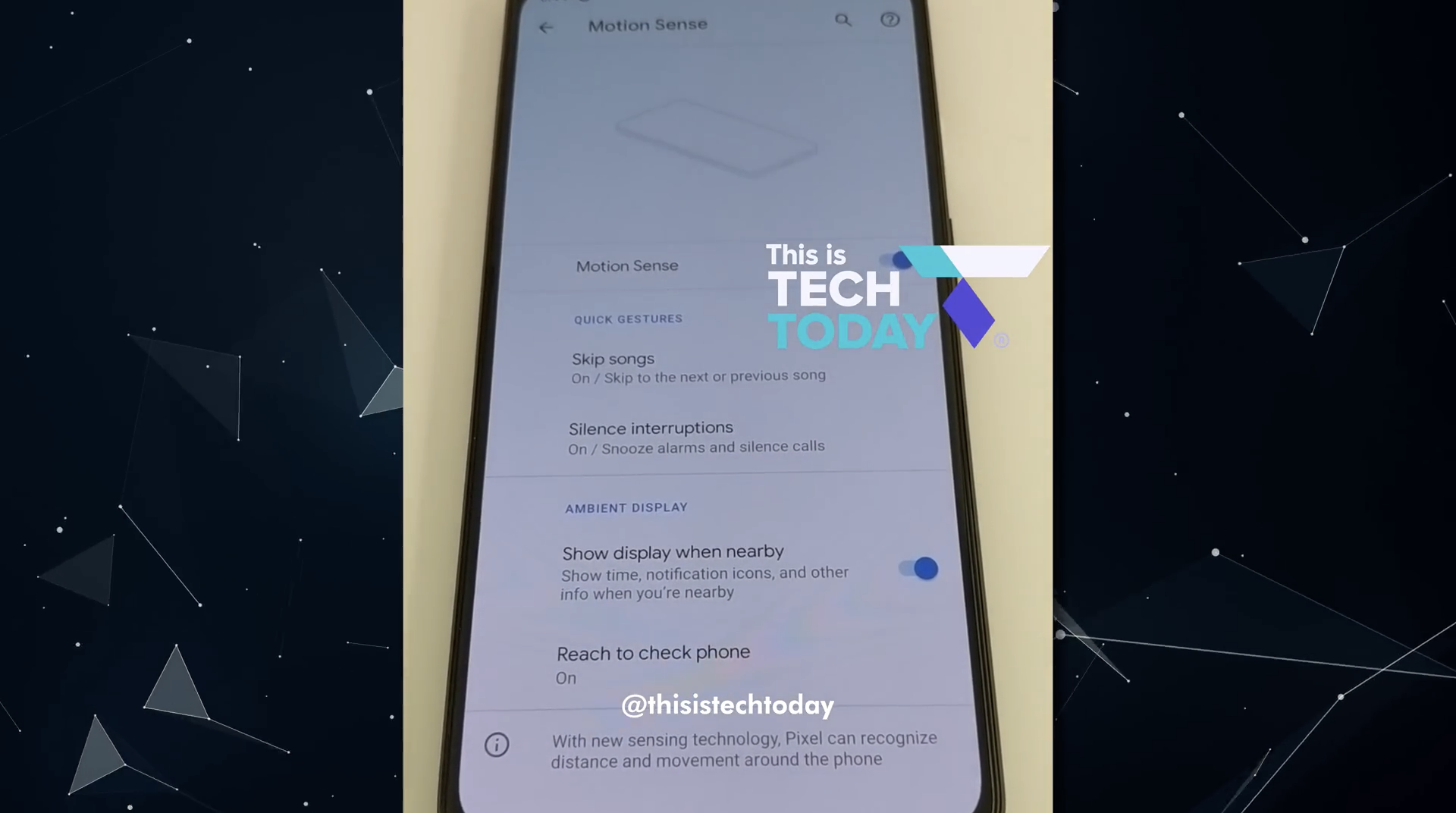
Pixel 4 leaks just won't stop. Over the last couple of days, we've seen a multitude of photos and videos showing the phone in the wild, giving us a good idea of what it looks like and which hardware is built in. Another leak courtesy of YouTuber Brandon Lee offers us a glimpse at some hands-free gestures coming to the Pixel 4 thanks to radar-based Soli technology. Following him, Evleaks published a high-quality render of the phone's front with an October 15 date on it, suggesting it might launch that day.








